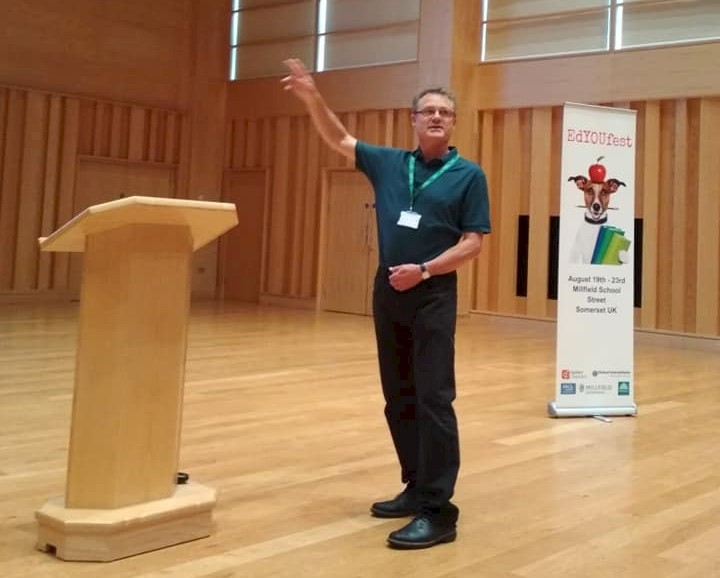
This page lists some of the talks I have given in the past, and describes the talk/workshop on spoken grammar that I am currrently offering to teachers (subject to my availability). Please go to this page for a definition of spoken grammar and some example items, and to this page to see reviews of all my publications, including those on spoken grammar.
Understanding and Teaching Spoken Grammar:
an interactive presentation for English language teachers
When you have a conversation with a fluent non-native speaker of English, what you notice is not just that they get the verb tenses right or that they have a wide vocabulary, but also that they have acquired a kind of conversational grammar. With the help of recent computer research into frequency and usage, a description of this ‘spoken grammar’ is now available in corpus-based grammar publications.
I first got interested in the subject in 2002, and I have been researching and giving regular conference talks in Europe on the subject ever since, not as a grammarian but as a teacher, sifting through the published materials for useful items of spoken grammar that will improve the ability of our own students to take part in natural conversations.
In the first part of this talk, I look at the process of identifying, prioritising and syllabusing these items, with reference to my work with DELTA publishing on A Handbook of Spoken Grammar (for students), and to my online course, Spoken Grammar: a Guide for English Language Teachers.
In the second part, I look at the different ways in which we can teach key items in the classroom from raising and checking awareness to short exercises and creative classroom activities.
Participants will leave the talk with example syllabuses of spoken grammar items, and key teaching ideas that they can take immediately into their classrooms. (Teachers also have access via my website to three full lesson plans with materials and an A-Z of spoken grammar.)
During the presentation, I will ask participants, in pairs, to complete a number of short tasks.
I can also offer a follow-up demonstration class, teaching one of the following: 'vague category language', 'cooperative language' or 'ways of using direct speech in conversation' to a maximum of 20 teachers as if they were students.
I am happy for both or either of these activities to be filmed for later use by your institution or on social media.
